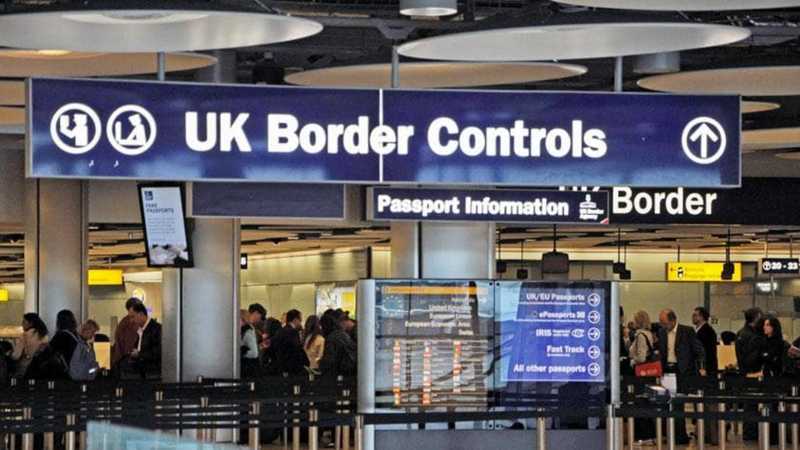The UK government has no estimate of the number of illegal migrants living in the country because no figures have been produced for 15 years, a new National Audit Office (NAO) report has found.
The NAO, Britain’s spending watchdog, said the last estimate in 2005 suggested there were around 430,000 people in the UK with no legal right to remain and since then independent estimates indicate that figure could have nearly doubled, but there is no validated assessment available.
“The Home Office does not have an up-to-date estimate of how many people have no right to remain in the UK,” notes the NAO report on ‘Immigration Enforcement’ released on Wednesday.
“Its last estimate was around 430,000 people in 2005. More recent estimates from other organisations suggest the population might have doubled, although the NAO has not validated these estimates,” it said.
The highest estimate of the illegal population in the UK is 1.2 million, given by the Pew Research Centre last year, although the NAO stressed it had not attempted to verify that figure.
“Although there would be significant uncertainty around any estimate it [the department] developed, such an estimate could help the department to demonstrate that its activities are effective in deterring attempts to enter or remain in the UK illegally,” the NAO said.
The NAO’s report into the Home Office’s Immigration Enforcement Directorate said the department had estimated demand for immigration enforcement activity, which was set between 240,000 and 320,000 cases a year.
But the report said there was no baseline given against which progress can be measured or to demonstrate whether demand is rising or falling.
“Due to data quality issues, Immigration Enforcement cannot say whether the number of people ‘genuinely putting a demand’ on its activities is increasing or decreasing,” it said.
It suggested the Home Office should look at how other parts of government come up with estimates of “hidden activity”, such as serious and organised crime, which it said could help to “improve its understanding of the full scale of the illegal population in the UK”.
The watchdog concluded that despite collecting information around its mission and objectives, the Home Office often cannot demonstrate whether its measures are working.
‘The Home Office’s vision for Immigration Enforcement is to ‘reduce the size of the illegal population and the harm it causes’.
It supports this vision through its operational missions of preventing illegal migration through greater compliance with laws, tackling threats associated with immigration offending and maximising returns of the illegal population and foreign national offenders to their country of origin, the report notes.
“Despite introducing significant changes to its enforcement activity, the Home Office cannot fully demonstrate that the actions of its Immigration Enforcement directorate are helping it to achieve its objectives,” it said.
In the past year to October 2019, detected attempts by people to come into the UK by clandestine means increased to 46,900.
However, the NAO said it was not clear if this was because more attempts were being made or if there was better detection.
A Home Office spokesperson said that the U.K.’s exit from the European Union (EU) meant that it had taken back full control of the immigration system.
“As this report acknowledges, the nature of immigration crime and offending is complicated and we are consistently looking at ways to get ahead of the organised gangs behind it,” the spokesperson said.

